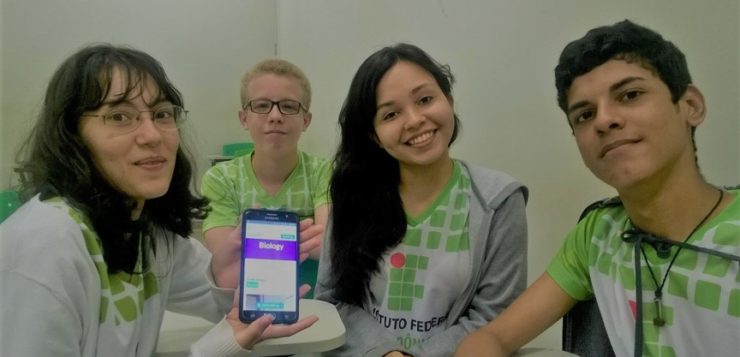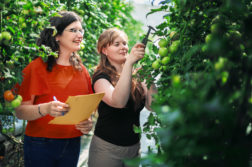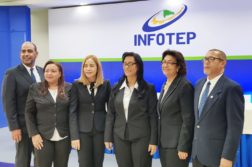The VET Teachers for the Future -Programme was an international cooperation between Finland and Brazil, which invited about 120 teachers from Brazilian Network of Federal Institute Vocational Education study, at first, three to four months at Häme and Tampere Universities of Applied Sciences, where they learned about the Finnish way of learning and sisu, and then in Brazil with regional development projects.
I traveled to Finland in April 2016 with lots of expectations, but no idea about what would happen. At HAMK, in School of Professional Teacher Education, I was introduced to 21st Century Pedagogy, content and language integrated learning (CLIL), student-centered approach, active learning strategies, digital tools supporting learning process and much more. Between lessons and discussions, I visited several schools and HAMK degree programmes and campuses, for example at Valkeakoski, Evo, Lepaa and Mustiala. In purpose to make everything crystal clear to me, every time when I visited schools and met some Finnish teachers, I made both observations, and in addition, asked them personally if they really teach as I had been studied – I mean if they really are facilitators of student-centered learning processes. I also inquired from Finnish students about their personal study plan, homework and CLIL. And I was surprised! Everything was true in Finnish schools! This learning culture is not rhetoric, but real concrete actions in Finnish schools and universities of applied sciences.
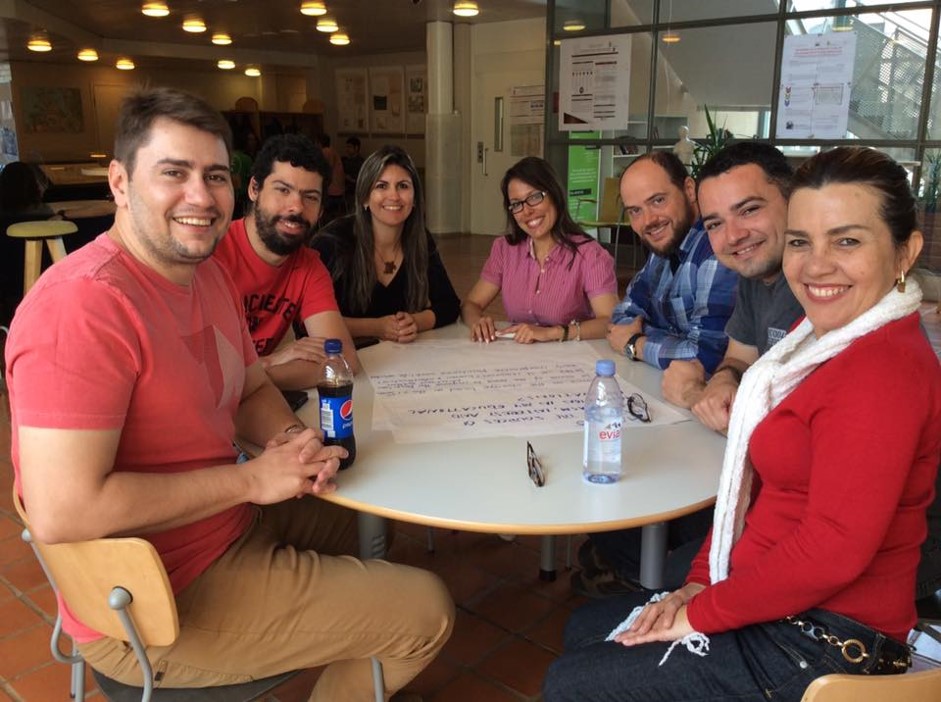

In the Brazilian section of the programme, we planned, implemented and assessed a regional development work in teams of teachers. My team was composed by Gabriel Guerreiro, from IFAM-CMDI; Rodrigo Alves, from CEFET-MG; Rodrigo Rossi, from IFTM-Uberlândia and me, Antonio Jr, from IFRO-Porto Velho Calama. From our perspective, Brazilian vocational teachers have challenges with unmotivated students who fail or even drop out from schools as a consequence from too traditional and teacher-centered learning approach. So, we carried out a research to find obstacles to implement student centered learning and active learning approach in Brazilian Network of Vocational Education. We also planned to create a label for sharing our experience and other good practices in Brazilian Vocational Education. The label was called “Education for the Future” and it was transformed into #EDU4F tag (http://vetteachers2016.blogspot.com.br/2016/06/edu4f.html).

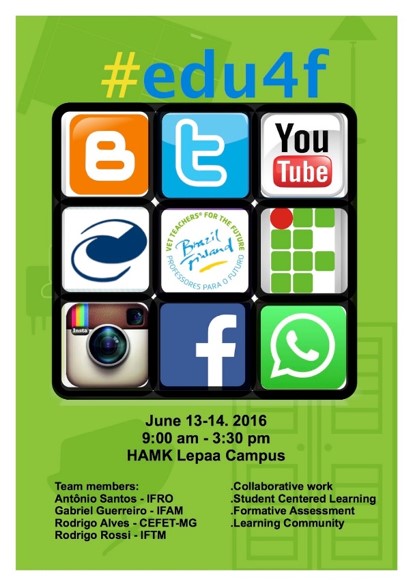
Surely, my studying at HAMK was a small step to me as a student but a giant disruption as a professional teacher. When I came back to Brazil, I realized how much I had changed after that intensive teacher training. For any challenge I could now find a solution from my Finnish toolbox and I had also resilience to deal with it. I designed a classroom facilities for active learning, I developed a student- centered approach with my adult and teenage students, I guided students through their personal and professional learning processes. Above all, students and me established together a better place to live and learn, a learning community, and I facilitated amazing competence demonstrations of students interested to show me the evidence of their learning.
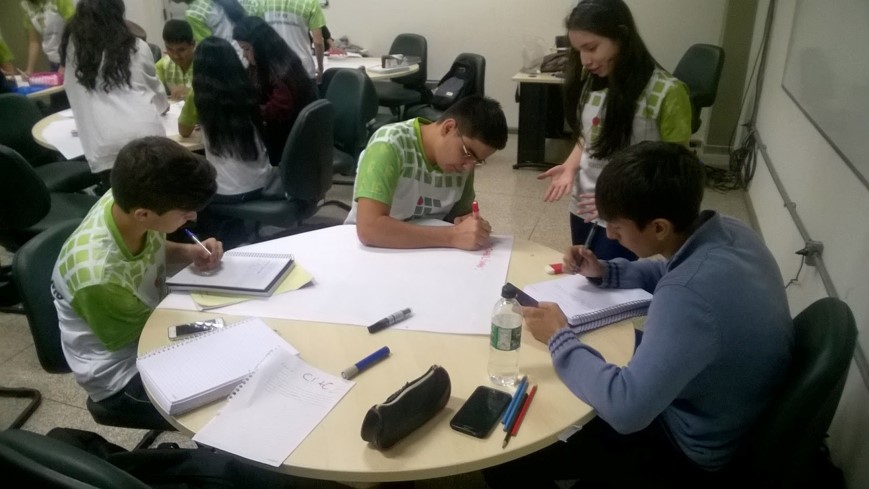
During my teacher training, in Finland I learned how to apply many digital tools to guide students in a creative process. I believe it is important, because digital solutions are almost ubiquitous nowadays, and they can be understood as a set of social networking sites, media sharing sites, creation and publishing tools which provides novel mobile learning environments for students.
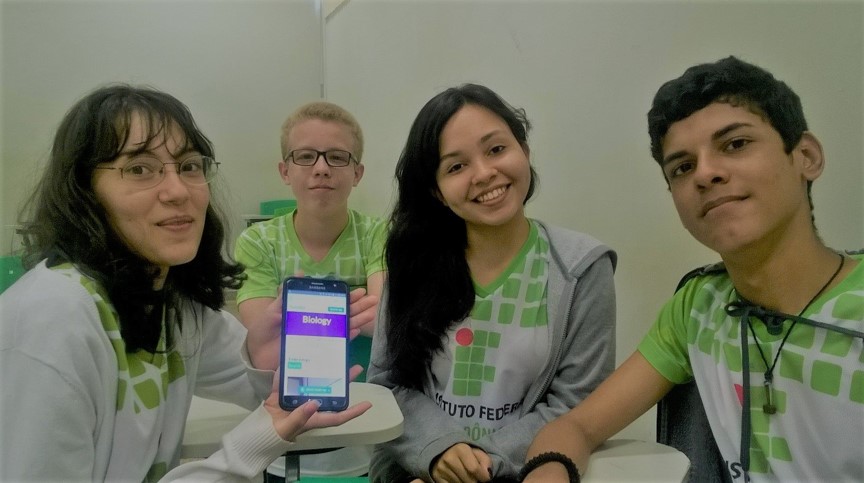
Learning how to make a meaningful use of them in learning environments is mandatory in schools nowadays, for example in attending remote meetings with staff members, connecting companies with customers to solve questions related to service or products, planning and producing products or information and, in addition, to creating an e-portfolio for professional skills as a showcase for applying for a job. Digital literacy is crucial for any professional as generic 21st Century skills and future work skills. So, in my development phase in Brazil, I decided to go deeper into digital tools for enhancing learning processes. Students and me implemented, for example, Youtube (https://www.youtube.com/watch?v=Bx7lBR_UOZU), Comic Strips, Text2MindMap, Padlet and Pivot Animator as ways to demonstrate competencies and assess learning. As planned in Finland, I also shared my experience on Facebook and referring to #EDU4F tag. See for example the blog Making IFRO Transparent: https://makingifrotransparent.blogspot.com.br/
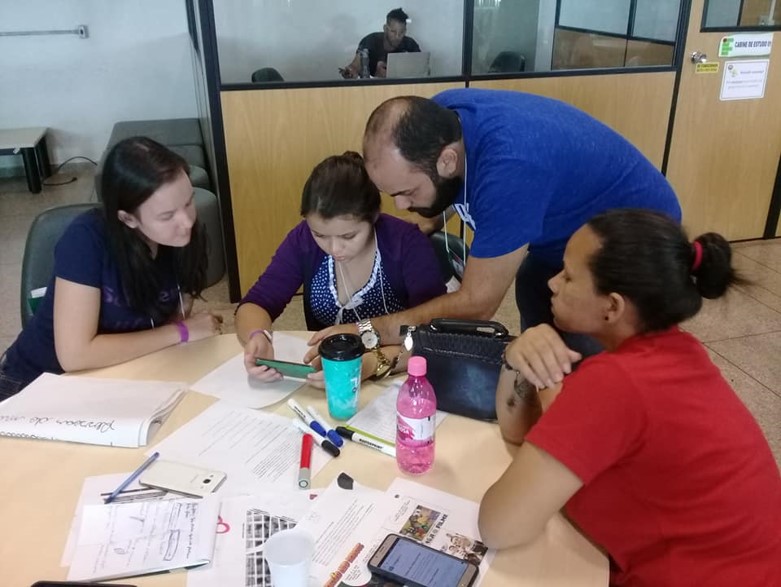
In active learning teachers shall not only implement digital tools, instead every active learning process starts with student engagmenet. Again, I took an idea from my Finnish toolbox: I gave my students freedom to use any tools or methods they wish to reach the learning objectives of our study course, as well as freedom demonstrate their learning outcomes to teachers and other students. I got impressive outcomes. Students created many creative and personal competence demonstrations applying digital or analogical tools and made their learning visible in inspiring ways. When you study the next photos and visualizations, think have the students learned biology and if so, what is the evidence?
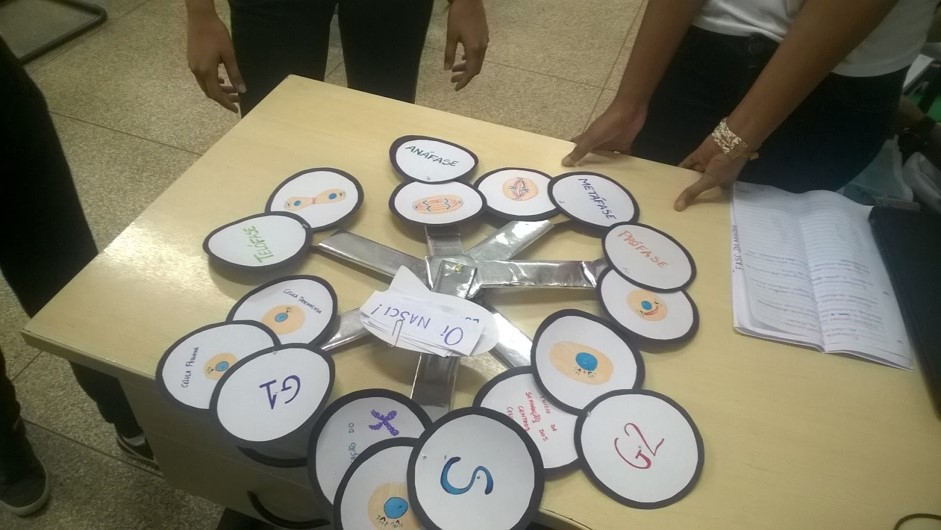
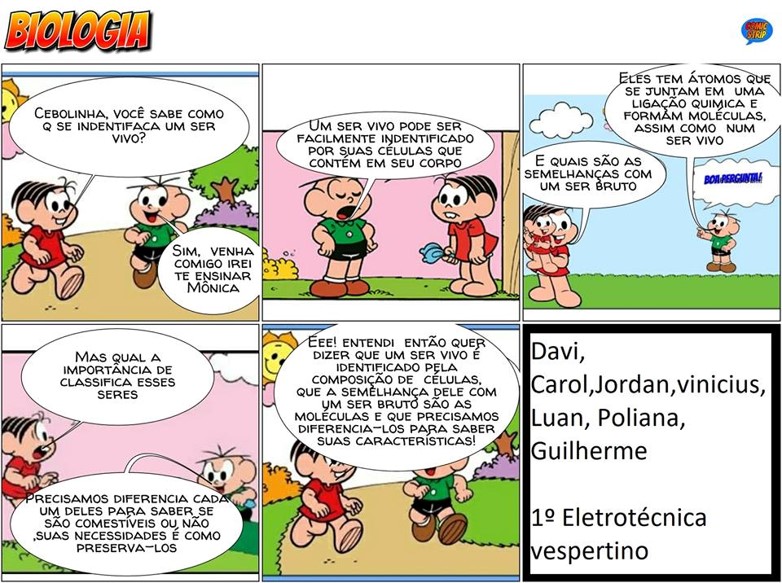
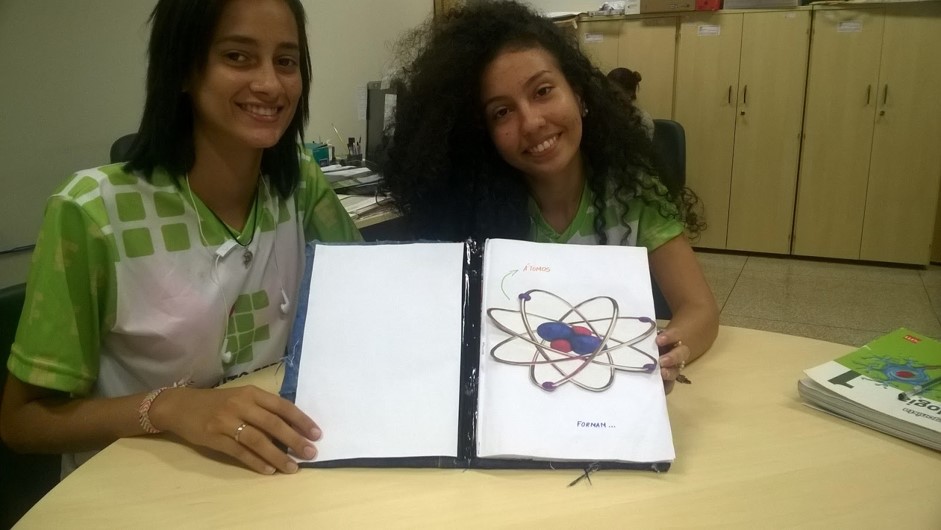
I also documented the learning process on biology and environmental management topics by taking some photos and videos and published the material on Stayfilm App (a team teaching experience: https://www.stayfilm.com/movie/watch/37890128-457f-4061-9610-7e3e048eb093) and Magisto App (teacher training workshop: https://www.magisto.com/video/LFodPkEVHm05XBJgCzE).
The documentation affected deeply to my students: when they saw themselves studying, doing and learning, they became more aware of their working and committed to studies. In addition, the school became more transparent to the community. Other teachers and citizens from the region became interested about 21st Century skills and vocational education, and they have started to follow my posts to update their own way to teach, learn and think. So, I have been producing my own e-portfolio about active learning strategies and also my Finnish colleagues as well Brazilian programme fellows can now follow my development work outcomes.
Today, I might say that #EDU4F is a tag for sharing good practices in active learning approach for vocational education. How about sharing it together in Facebook, Blogger and other media? Let’s build an innovative network together, where teachers and students around the world can share their passion for learning!
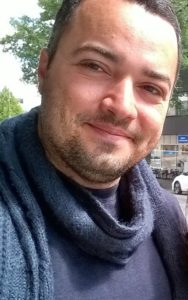
Dr. Antonio dos Santos Jr
B.Sc.Biology; M.Sc. Ecology; Dr. in Ecology
Professor at EBTT/IFRO Porto Velho Calama Brazil

